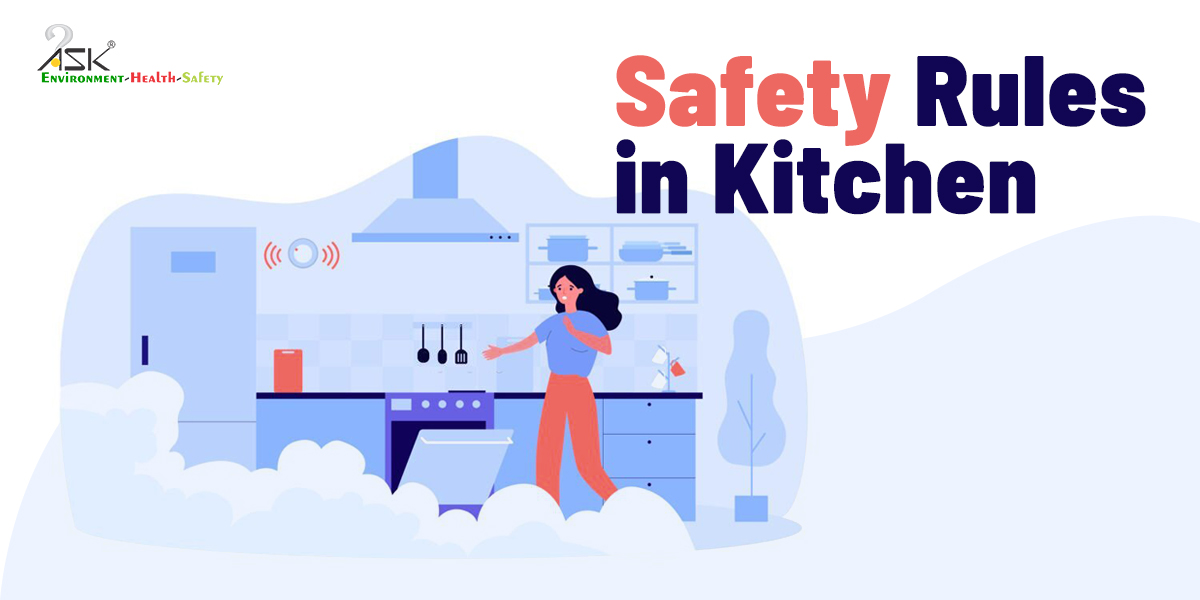Occupational Safety and Hazards in the Petrochemical Industry: A Comprehensive Guide

Petrochemicals, derived from cracking crude oil or natural gas, are a part of the manufacturing industry since 19th century. Major petrochemicals such acetylene, benzene, methane, ethane, propane and hydrogen are in high-demand in different end-use industries. Add polymers market to the equation and their global market demand has sometimes outstripped supply.
Dublin based Research and markets pegs the global petrochemicals market size to reach USD 958.8 billion by 2025, surging at a Compound annual Growth Rate (CAGR) of 8.5%.
Used in gasoline, cosmetics, detergents, fertilizers, synthetic fabrics, asphalt and plastics, the industry is a part and parcel of our routine activities. Their usage has caused much debate due to their capacity – to pollute and linger in environment in form of harmful by-products.
Bharat Petroleum refinery witnessed a massive fire in Mumbai which left 45 people injured. In the same facility, a stroke of lightning caused a major fire in the oil storage tank in October 2017 and it took four days to extinguish the fire. The incidents called for investigation from Oil Industry safety Directorate where they revealed serious lapses in procedure and protocol. Poor maintenance and lack of adherence to safety measures were the prime reasons for the breakouts.
It is apparent, from the above citations, that toxic chemicals in petrochemical industry have numerous environmental, health and safety hazards. The most prevalent occupational hazards include:
- Process hazards: Include leaks, spills, equipment malfunction, over temperatures, over pressures, corrosion, metal fatigue and other such conditions.
- Oxygen-deficient atmosphere: Release and accumulation of nitrogen gas in work areas may create asphyxiating conditions for a worker to perform a desired task.
- Chemical hazards: Routine plant operations discharge chemicals like hydrofluoric acid, carbon monoxide, methanol which expose workers to inhalation hazards. Dermal hazards include contact with steam, acids and hot surfaces.
- Fire and explosions: Process operations include accidental ignition of gases in the release section which lead to jet fires (pressurized release of hydrocarbons in high momentum), pool fires (turbulent diffusion fire where fuel has low momentum).
- Noise: Large rotating machines such as compressors and turbines, electric motors, blowers and heaters are the principal sources of noise.
Continuous and systematic safety management systems can identify hazards and analyze the associated risks. Emphasizing on OHS risks can provide a safe working environment to the employees.
Key strategies for mitigating risk and hazards in petrochemical industry
As a general approach, planning should consist protocols for prevention and control of physical, chemical, biological and radiological health and safety hazards.
- Prior to commissioning, facility-wide risk analysis eg. Hazard Identification Study (HAZID), Quantitative risk Assessment (QRA) etc.
- Following standard hazardous material procedures which include shutting down all electrical activities during a flammable spill, using surrounding safety equipment and other resources and evacuation management.
- Procedures for the management of change in operations, hot work permits, and safe systems of work (SSW).
- Installing fire/blast partition walls in areas that may be potentially affected by accidental releases of flammable liquids.
- Awareness of special emergency treatments for personal contamination with chemicals.
- Providing early warning systems, such as pressure monitoring of gas and liquid conveyance systems in addition to smoke and heat detectors.
- Examining the mechanical integrity of process equipment and utilities at regular intervals.
- Simple safety trainings such as identifying unsafe work procedures or conditions and wearing PPE while handling petrochemicals.
Safety is a paramount in a petrochemical industry and though significant improvements can decrease the count of incidents, it is crucial that workers are equipped with necessary knowledge and protection to handle most of the unsafe situations they encounter.
Safety is paramount within the petrochemical enterprise, because the handling of unsafe materials and techniques can pose a vast risk to employees and the environment. Companies in this enterprise ought to have strong protection control systems in area to pick out and mitigate dangers, teach personnel on safe work practices, and reply to incidents speedy and effectively.
How Safety Software Can Improve Safety in the Petrochemical Industry
Safety software program may be a precious tool for enhancing safety within the petrochemical enterprise. It can be used to:
- Identify and determine risks: Safety software can assist businesses discover and assess risks in their operations. This records can then be used to develop and put in force control measures to mitigate the dangers.
- Train employees: Safety software may be used to teach personnel on safe work practices. This training may be added on-line or in a classroom placing.
- Document methods: Safety software program may be used to document safety approaches. This documentation can be used to train new personnel and to make certain that processes are observed always.
- Manage incidents: Safety software program may be used to control incidents. This includes monitoring incidents, investigating their reasons, and implementing corrective moves.
By the usage of safety software, businesses in the petrochemical industry can improve their protection overall performance and protect their people and the surroundings.
Here are a few extra advantages of using safety software program inside the petrochemical industry:
- Increased performance: Safety software can assist corporations to streamline their safety control approaches, that could lead to expanded performance.
- Reduced costs: Safety software can assist organizations to lessen the expenses associated with accidents and incidents.
- Improved compliance: Safety software can help groups to comply with safety regulations.
- Enhanced popularity: A sturdy safety way of life can assist agencies to draw and maintain pinnacle expertise, and to win new customers.
Overall, protection software is a treasured device for improving safety within the petrochemical industry. It can help corporations to perceive and mitigate dangers, train personnel on safe paintings practices, report processes, control incidents, and enhance compliance.


